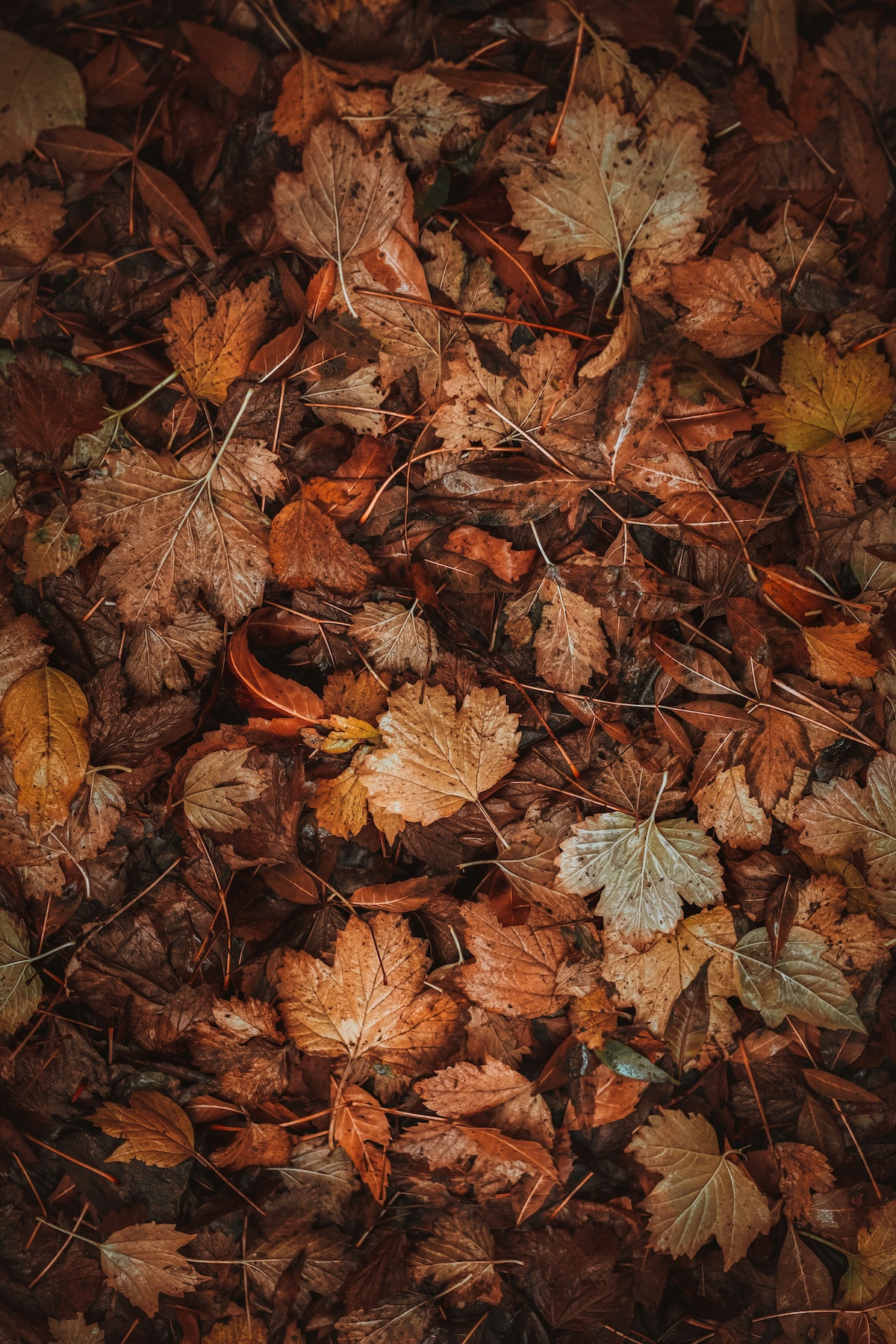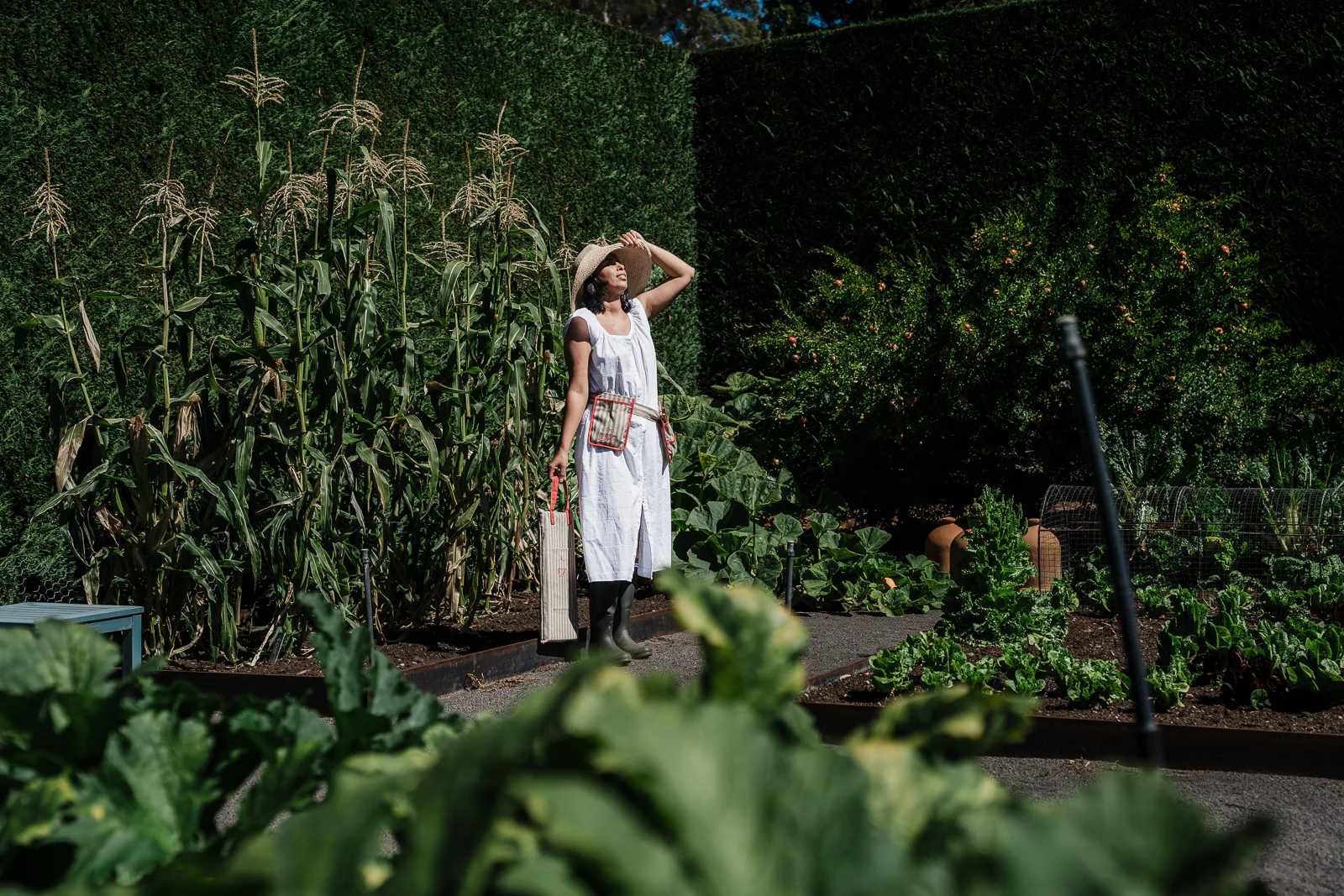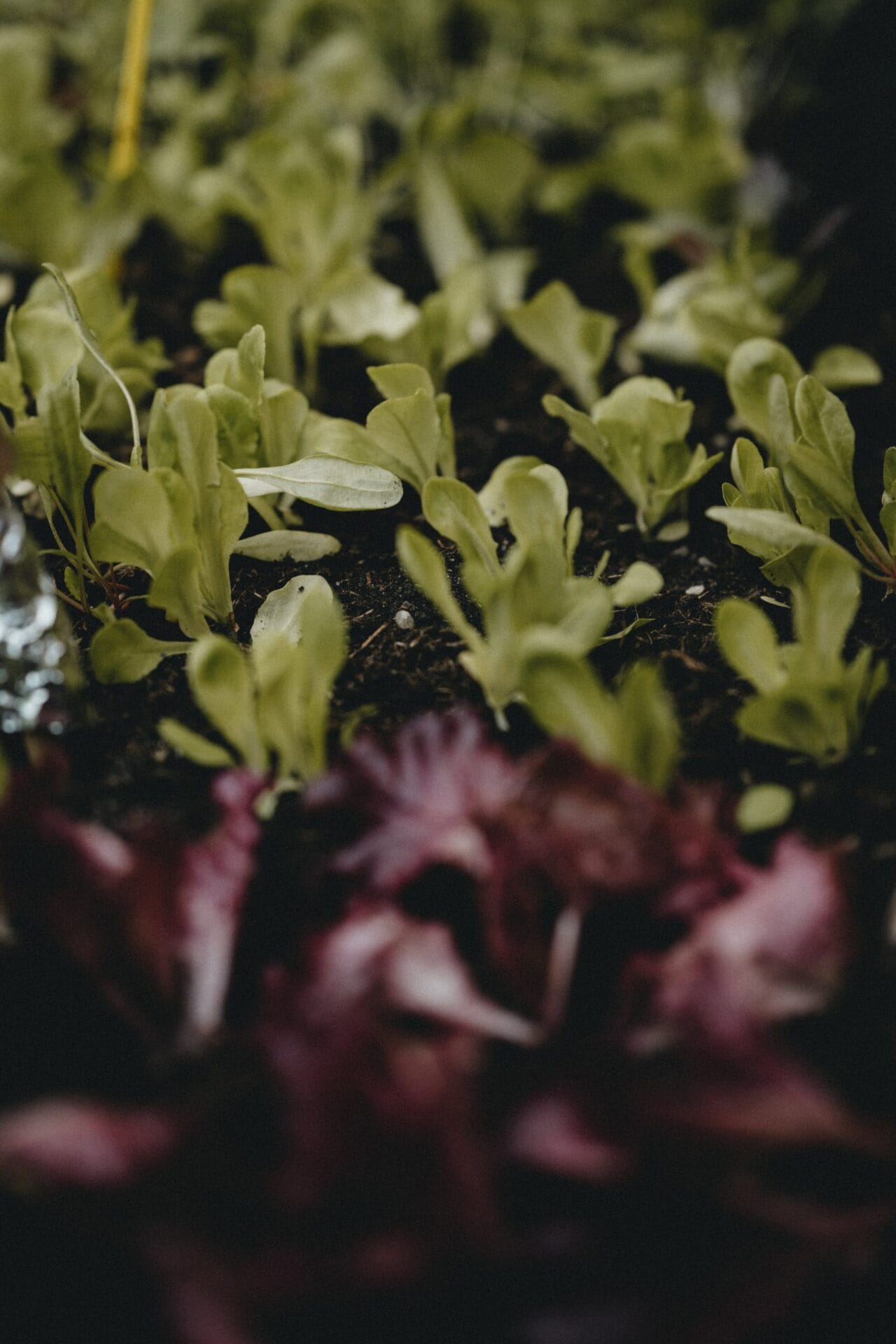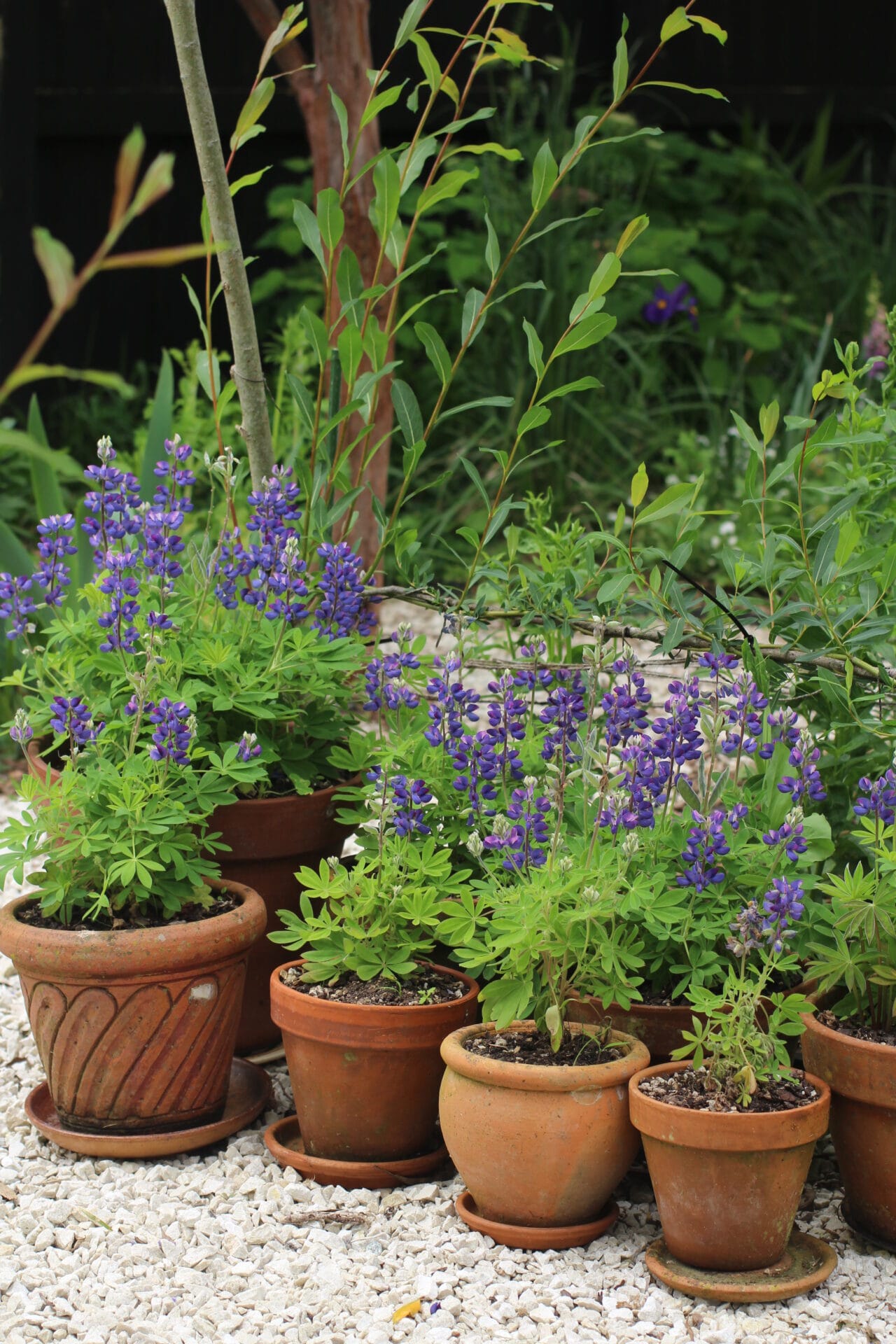An autumn welcome note and garden task reminders, by creative gardener and community builder, Phoebe Atkinson.
The 2025 Autumn Gardening Series is supported by Gubba Garden Store.
Welcome, autumn
Well done, gardeners. We’ve survived the twin challenge of ‘too hot’ days and ‘too little rain’ with feeding, mulching and a resort to the watering can and tap water, which never quite hits the spot, but holds the line until the heavens open.
But now those glorious long hot days are being replaced by chillier evenings and the sense of relief that comes from the first autumn rains is accompanied with an audible sigh. Farewell summer. Welcome autumn.
Related reading: Autumn seed sowing guide | Vegetables & flowers to sow in autumn
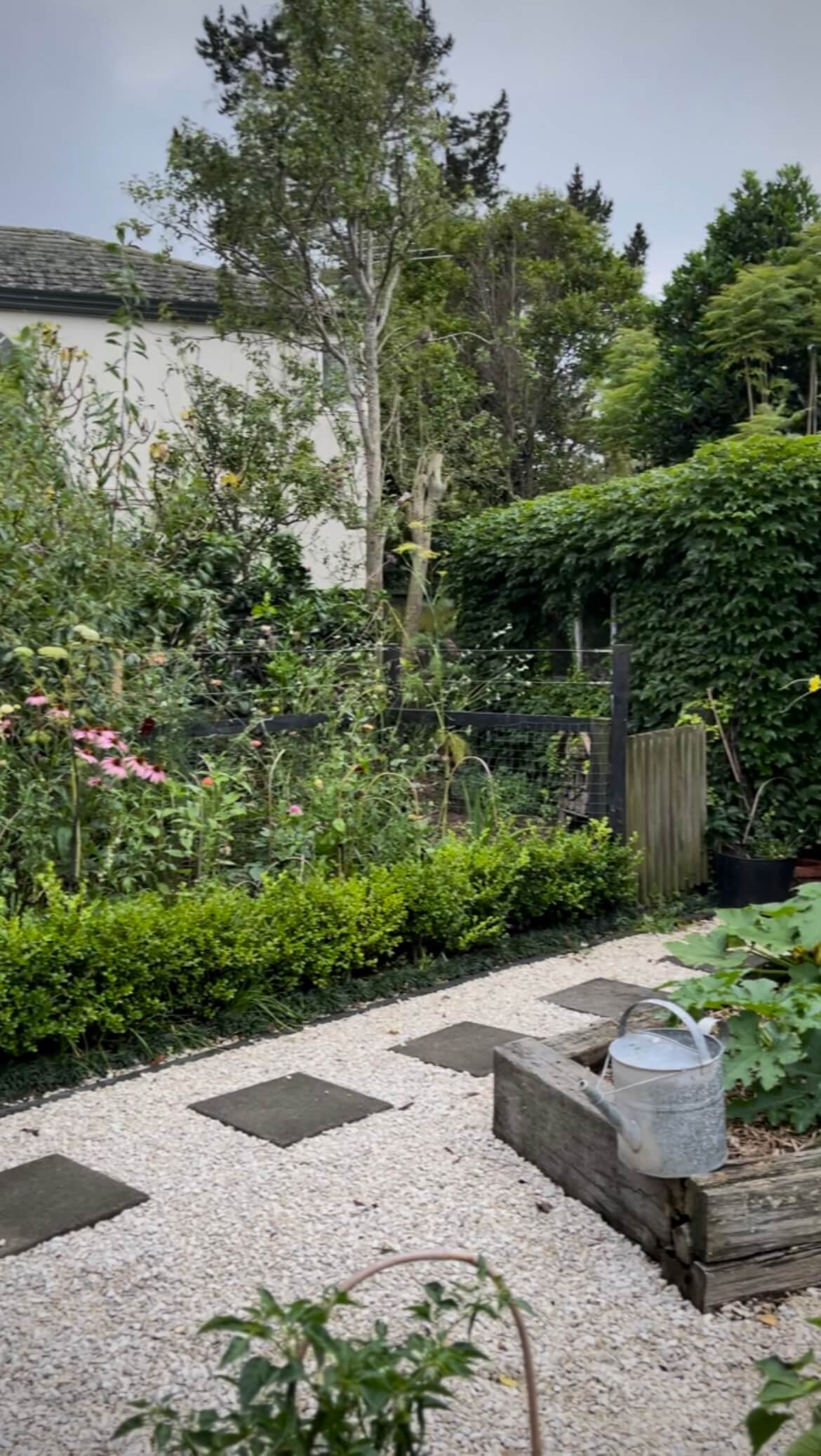
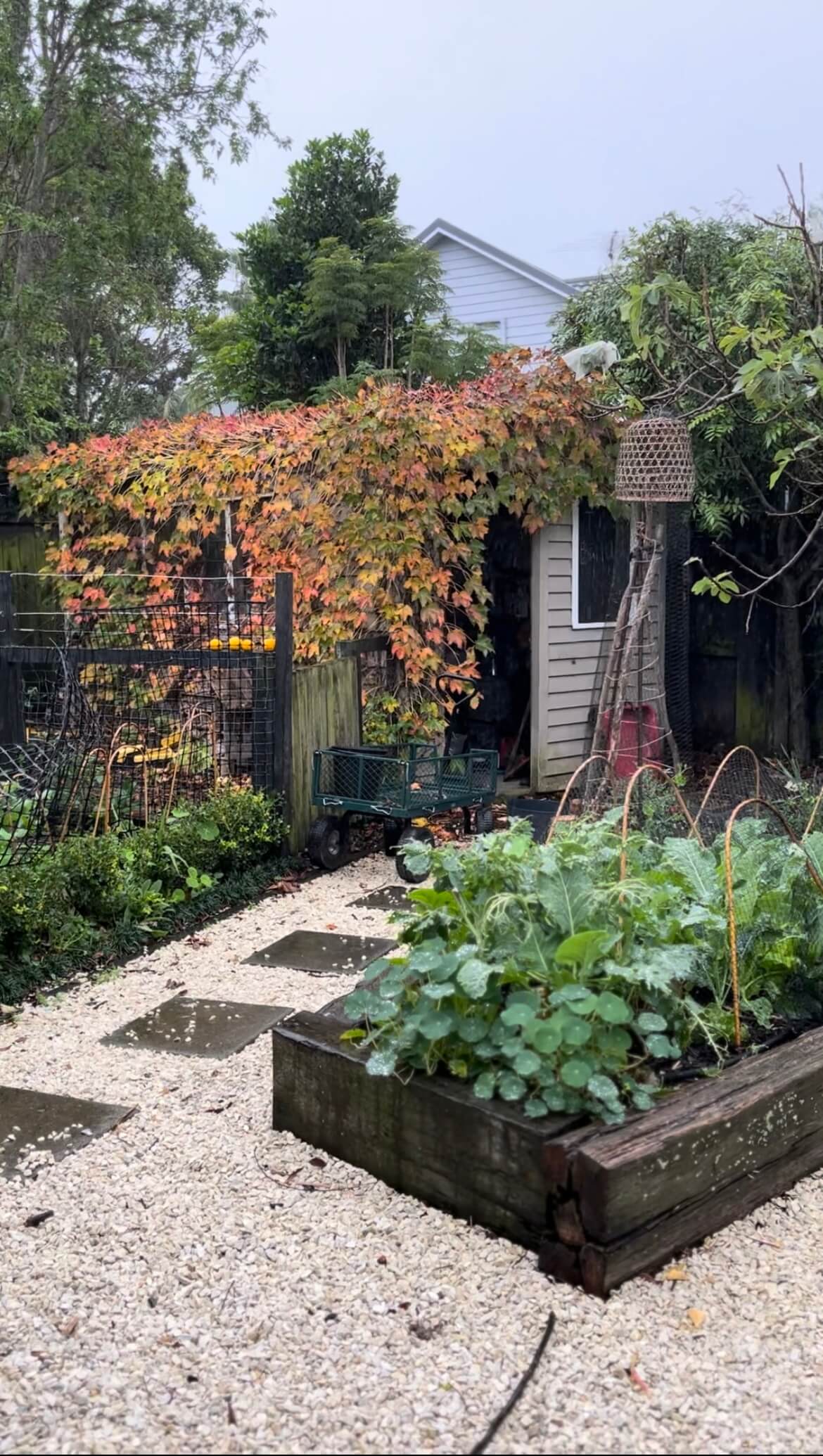
What to do in the garden in autumn.
While the allure of knitwear and fireside evenings still seems far off, the shift in the seasons is upon us. With dropping temperatures and the return of the rain comes a whole new series of gardening tasks.
Below is a bunch of autumn gardening tasks that we should tackle over the next few months.
—
A jolly good tidy
By March it often feels like the garden has finished its show. There is some kind of catharsis that comes from chopping back spent blooms, and now’s the time to go to town with the secateurs. Giving herbaceous perennials (those which die back in winter and burst into life again in spring) a haircut helps improve their appearance and flowering.
However, resist the urge to cut everything back and be left with swathes of bare earth. Consider leaving some spent flowers and seedheads (such as fennel, dara, echinacea) for structural interest and for birds and insects over winter.
A new compost heap
Now’s the perfect time for making a new hot compost – layering the end of the summer garden (as per above) with autumn’s falling leaves. Getting a good balance of greens and browns is the trick.
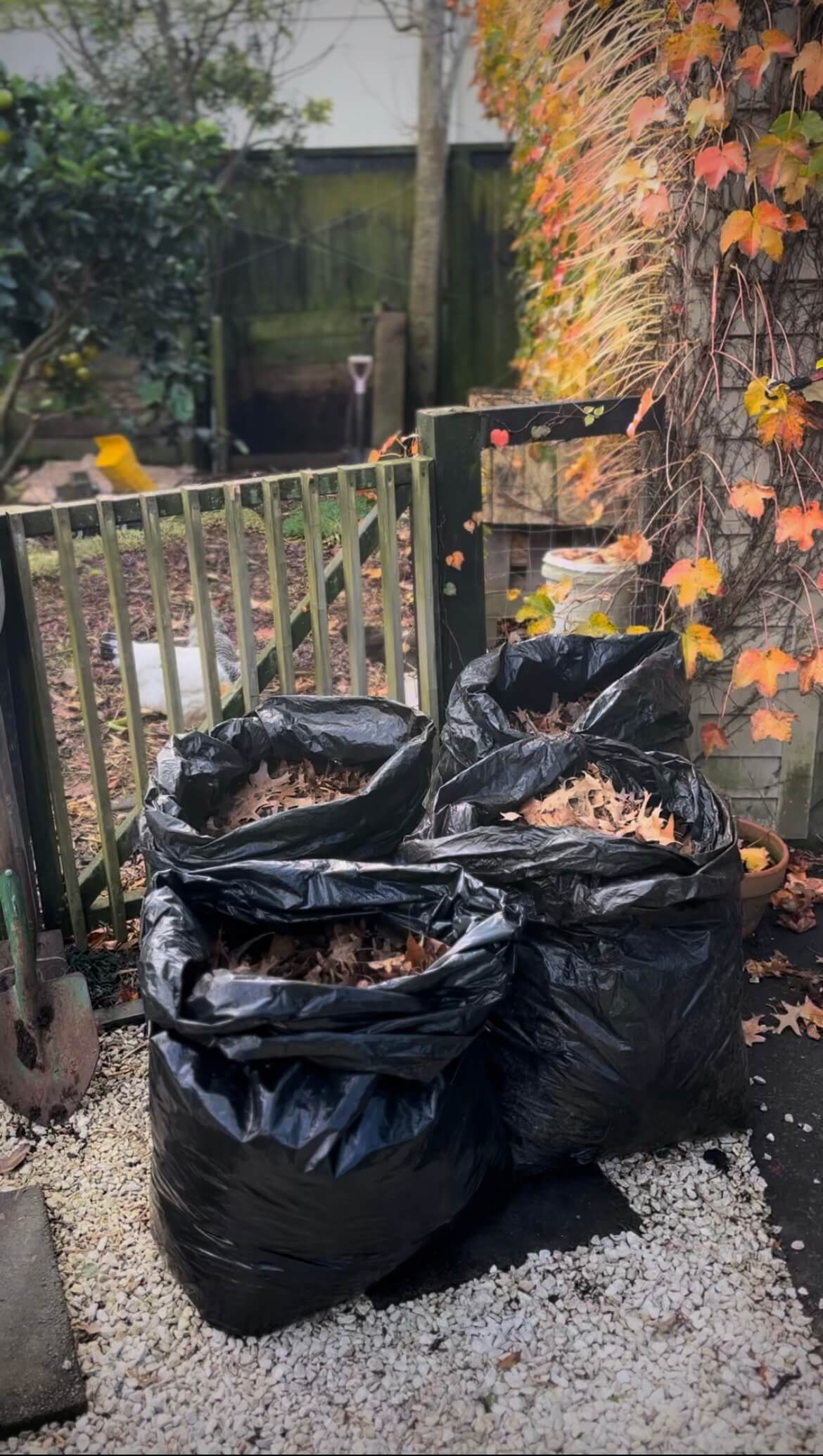
Make leaf mould from autumn leaves
Alongside the harvests from the fruit trees and veggie garden, one of autumn’s most generous offerings is the abundance of fallen leaves.
Gather leaves into coffee sacks or black plastic sacks with holes punched in, sprinkle with water and coffee grounds (not essential but does compliment the decomposition process) and leave tucked away for a year or two when they will have formed the most magical, fluffy, moisture retentive medium to add to seed raising and potting mix, or planting holes.
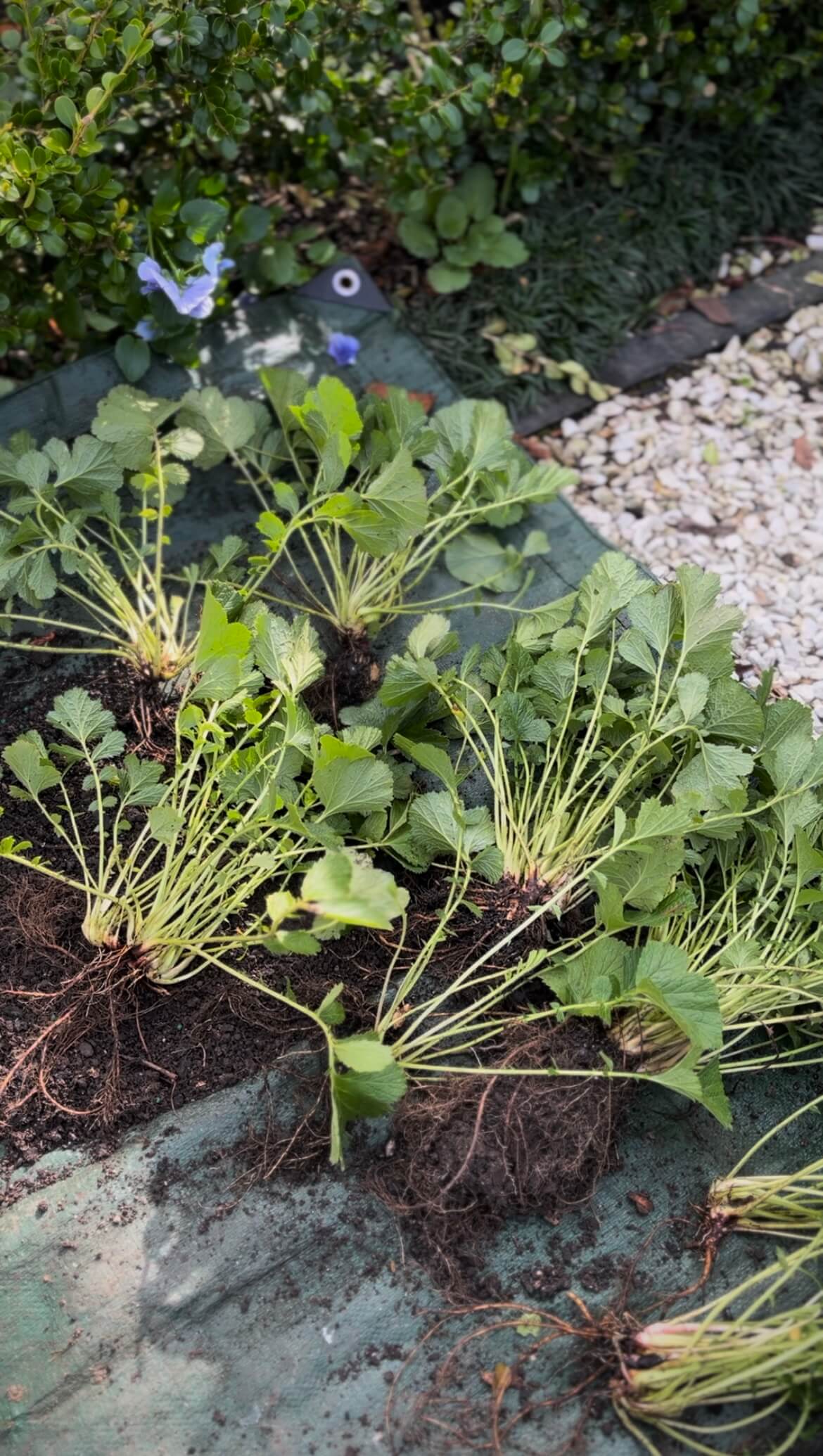
Be brave and propagate
March is the best time of the year to propagate, whether by cutting, division (or by seed for hardy annuals – plants that can cope with low temperatures). This is the most cost effective way to produce more plants – and we all love free plants!
Lift and divide herbaceous perennials, replanting swiftly into a mix of compost and potting mix and water well to get established before the cold of the winter arrives.
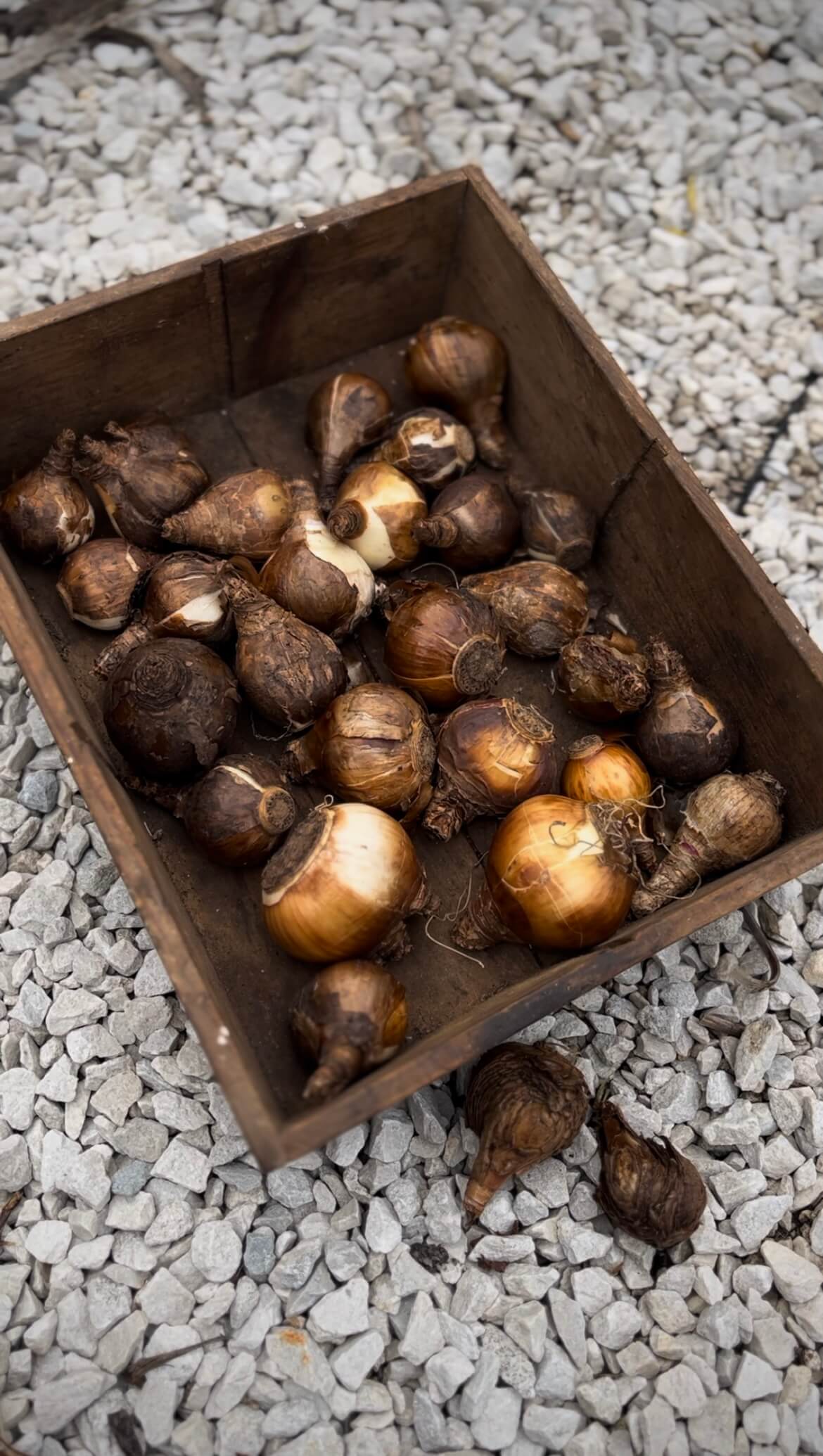
Order spring bulbs
Now’s the time! Your future spring-loving self will thank you!
The planting of spring bulbs takes place in autumn and early winter. Some bulbs such as Ranunculus, Anemone and Narcissus can be planted earlier in the season. Other bulbs such as Tulips are better planted later in the season when the soil is cooler.
Early spring flowering bulbs include: Crocus, early Tulips, early Daffodils and Anemone.
Mid spring flowering bulbs include: Hyacinth, Daffodil, Freesia, Triumph Tulips and Ranunculus.
Late spring flowering bulbs include: Gladioli, Dutch Iris, Bluebells and Fringed Tulips.
It is best to chill a range of bulbs in the refrigerator, especially in the warmer regions where frosts are few. The act of chilling bulbs emulates a dormant winter stage that is close to the bulb’s natural climate resulting in taller stems and earlier bloom times. Bulbs such as Tulips, Hyacinth, Muscari and Crocus can all benefit from being pre-chilled.
While it seems a bit of a faff, from experience, certain varieties of tulip will underperform without this treatment. And if I’m paying for the bulbs (tulips do not naturalise well so need purchasing fresh each season) I figure it’s worth the effort.
Start chilling your bulbs in late March for 8 weeks ready to plant in May. (If you pop them into the fridge too early, it can stunt the development of the buds). Store in a paper bag with vermiculite to keep them dry. Do not store fruit in the fridge at this time as ethylene can cause damage to the bulb.
Tips for buying bulbs:
- Look for medium to large sized bulbs
- Bulbs should be plump and firm, feel heavy and not shrivelled
- No signs of growth
- No signs of crushing or damage
- No spots of mould

Tucking the garden in for winter
Think of your soil as a living, breathing creature (which it is – billions of them). To leave it uncovered is to expose it to the harshness of the elements – wet and sodden in winter, dry and thirsty in summer.
Preparing your beds in early autumn by feeding the soil with new compost, sheep pellets, blood & bone and mulching with peastraw / dried grass clippings etc will ensure a rich and cosy landing place for new seedlings.
Autumn is the time to plant winter producing vegetables – broccoli, cauliflower, cabbage, chard, spinach, peas, beetroot, carrots and more.
Preparing to put down roots
While a productive vegetable bed and a pretty flower border are ample fodder for a happy gardening life, if you’re fortunate to have a property to put down some roots, there is much reward to be had from the trees, shrubs and hedges of the world.
As the old adage goes, the best time to plant a tree was twenty years ago, the second best time is now. Now is the time to plan for and plant any fruit trees, specimen trees, hedges or roses you would love to add for their aesthetic, productive or structural purposes – so you can plant while the soil is still warm and they can establish over the wet winter months to come.
—


